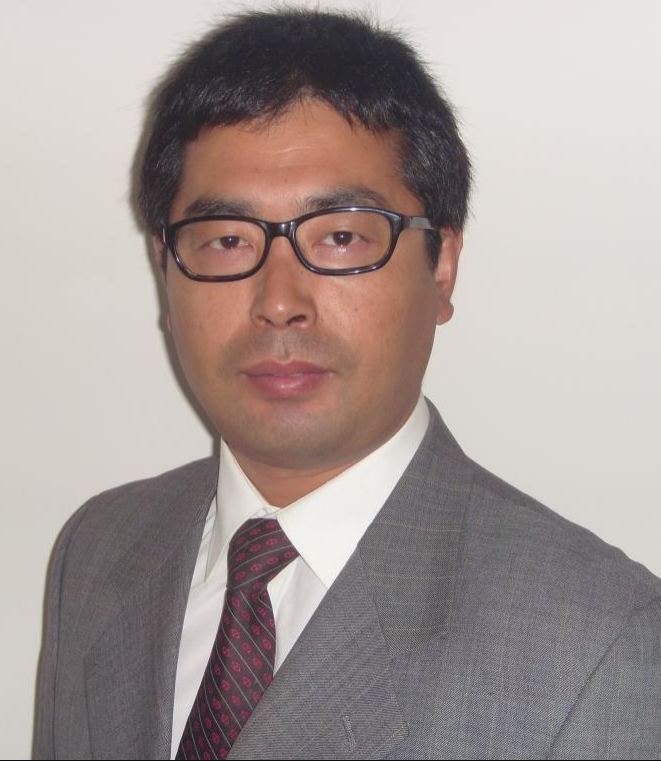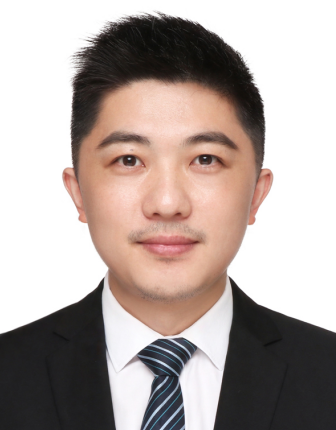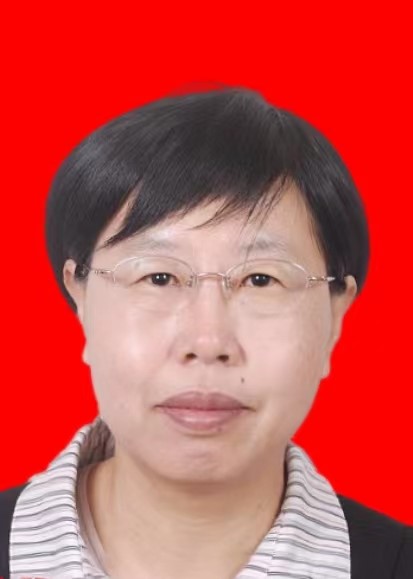
ICAMAM 2025

Prof. Ruixiang Bai, Dalian University of Technology, China
白瑞祥教授,大连理工大学
Professor, Department of engineering mechanics, Dalian University of technology, doctoral supervisor, permanent member of State Key Laboratory of Structural Analysis for Industrial Equipment, Director of China Society for Composite Materials, "Hundred, Thousand and Ten Thousand Talents Project" in Liaoling province.The main research directions include micromechanical analysis and design of advanced materials, damage and bearing capacity of damaged engineering structures, dynamics and fault diagnosis of composite structures, analysis and numerical simulation of composite engineering structures, repair and strengthening mechanism of damaged engineering structures. He has presided over and participated in a number of major national projects and NSFC projects. In recent years, he has been responsible for more than 20 projects of failure behavior test and numerical simulation of composite structures in aerospace engineering such as national large aircraft and lunar exploration. Nearly 200 academic papers have been published, and more than 50 papers have been indexed by SCI.
Title : Multi-scale characterization for Mechanical properties of vitrimer matrix composites
Abstract:The three-dimensional cross-linking network in the traditional thermosetting resin makes it difficult to repair, recover and reshape the composite structure using this matrix. In order to solve the above difficulties, the vitrimer formed by the introduction of dynamic crosslinking network provides a new research direction for thermosetting resin composites, and shows great research potential. The vitrimer and its composite materials with dynamic cross-linked network are selected as the research object, and four aspects of the vitrimer constitutive behavior, resin/fiber micro interface properties, vitrimer composite constitutive behavior and macro interface properties are systematically studied. The mechanical properties of the vitrimer were compared with those of traditional resins, and the viscoelastic mechanical properties of vitrimer are studied by establishing a viscoelastic mechanical model considering bond exchange reaction. Furthermore, in order to clarify the micro-interface bonding properties of the vitrimer and carbon fiber, the micro-bond test was adopted to characterize the interface bonding properties of the vitrimer and carbon fiber, the cohesive model was used to simulate the interface failure behavior, and based on the finite element updating method, effective interface parameters were obtained through complementary verification of numerical and experimental methods, and then the stress distribution of the resin/fiber interface was further defined by the finite element model of the microscale interface. In addition, a multi-scale finite element model was constructed to study the basic mechanical properties of the vitrimer composites. The elastic properties, viscoelastic properties and transverse tensile strength of the composites were determined by multi-scale numerical models, which are all in good agreement with the experimental results. Finally, the Mode-I interlaminar fracture toughness of the composite laminates was studied by double-cantilever beam test, and then the Mode-II interlaminar fracture toughness of the two types of laminates was studied by end-notch three-point flexure test. Compared with the traditional resin composites, the vitrimer composites showed higher interlaminar fracture toughness.

Prof. Shunqi Zhang, Shanghai University, China
张顺琦教授,上海大学
Shunqi Zhang (male), PhD in Engineering, professor and doctoral supervisor at Shanghai University, graduated from RWTH Aachen University in Germany. The research interests mainly include multi physics coupled mechanics of intelligent structures, active control of intelligent structures, material cutting theory, and health monitoring of machines. As the first author, he has published 2 monographs and over 70 academic papers, including 45 SCI indexed papers (16 papers are published in the Top journals). He organized several international conferences/seminars, served as the chairman of the organizing committee, session chairman, etc. More than ten national invention patents have been authorized. He hosted over ten government supported projects, including the National Natural Science Foundation of China Youth Project, General Project, and Shanghai Natural Science Foundation Project, as well as over ten industrial research projects. He serves as a young editorial board member for the Chinese Journal of Aeronautics, severs as committee members for various professional societies.
Title :Higher-order plate/shell theories for modeling of sandwich structures
Abstract:Due to light weight design, sandwich structures are widely used in aerospace engineering and automotive industries. Sandwich structures are usually performing like large interlayer material properties difference, thick laminates, and “visco-elastic” or “electro-elastic” coupling, which results in low efficiency and accuracy in numerical simulations. The topic discussed various plate/shell hypotheses for finite element model of sandwich structures coupled with “visco-elastic” and “electro-elastic” fields. The proposed plate/shell hypotheses include Zigzag, layerwise higher-order shear deformation hypothesis, hybrid first-/third-order shear deformation hypothesis and compressible layerwise higher-order shear deformation hypothesis. All the proposed models are first validated by comparison with commercial software and literature results, and later applied to numerical simulation for thick sandwich structures with piezoelectric layers.

Prof. Xinhua Ni, Guangzhou City University of Technology, China
倪新华教授,广州城市理工学院
Ni Xinhua, Ph.D. in Engineering. She is currently a Professor at the School of Mechanical Engineering/School of Robotics Engineering, Guangzhou City University of Science and Technology, and formerly a Professor and Ph.D. supervisor at the Army Engineering University. Recognized as an Outstanding Teacher of Mechanics nationwide, she has received the Golden Award for Cultivating Talents in Military Academies, the Du Qinghua Mechanics and Engineering Award, and serves as a member of the Teaching Steering Committee for Fundamentals of Mechanics in Higher Education under the Ministry of Education. Her main research areas include: toughness design of ceramic composites, static and dynamic damage mechanisms of materials, design of ceramic composite armor materials with high protective coefficients, and design of combined stealth films for flexible substrates. He has presided over and completed over 20 projects, including National Natural Science Foundation of China general programs, national defense pre-research projects, and military research topics, and has won two second-prize awards for military scientific and technological achievements. He has published over 200 academic papers, with more than 50 being indexed by SCI.
Title :Air Effect on the Microstructure Structure of Advanced Carbon-based Coatings under High Temperature
Abstract:This research was aimed to systemically study the effect of air (or oxidation) on the microstructure structure of four different DLC coatings by comparing the response of the same DLC coating to air annealing and to argon annealing under the same temperature. A series of annealing treatments were designed to investigate the microstructure structure of a range of DLC coatings in different environments (argon & air) at different temperatures. The internal connection of environment-structure was established. The role of Cr in hydrogenated DLC during high temperature air annealing is two-fold: Cr will react with the carbon atoms released from broken C-H bonds to form chromium carbides and with oxygen to produce chromium oxides. And Cr atom tend to react with oxygen first and then with carbon when the surrounded oxygen is sufficient. Si precedently reacted with carbon and then with oxygen, and those quasi-compounds that silicon and carbon formed give the coating a higher density. During air annealing, Cr on the top surface reacted with oxygen to form Cr2O3, but silicon reacted with carbon to form quasi-compound of SiC. When the Cr content is approximately same as the Si content, the oxidation of the inner coating can be prevented.